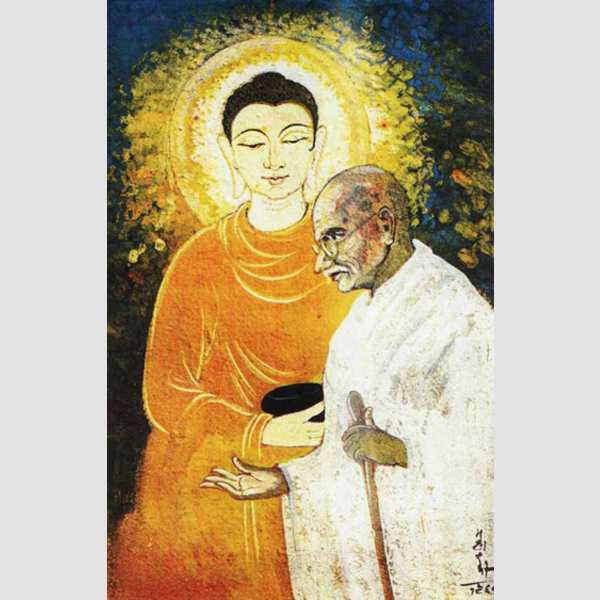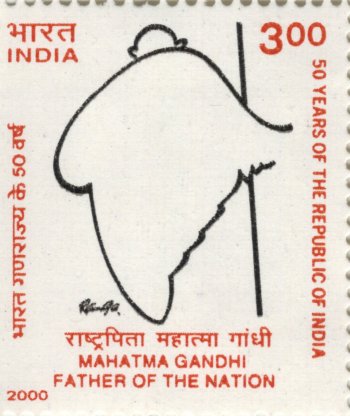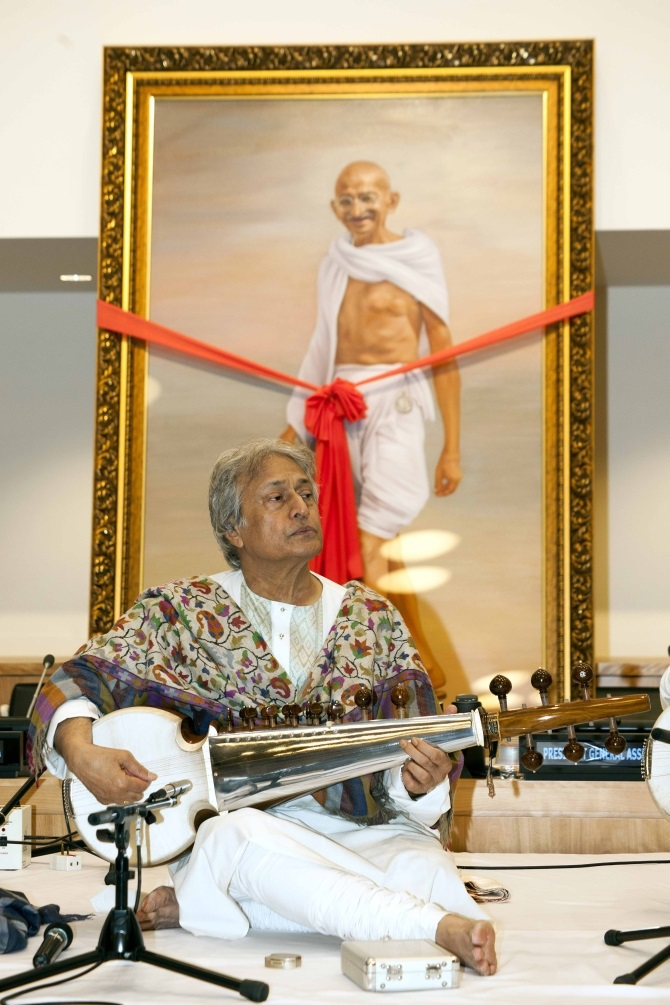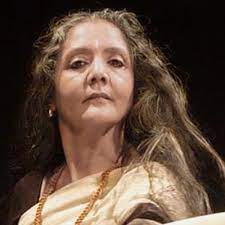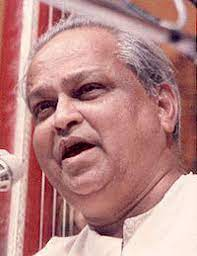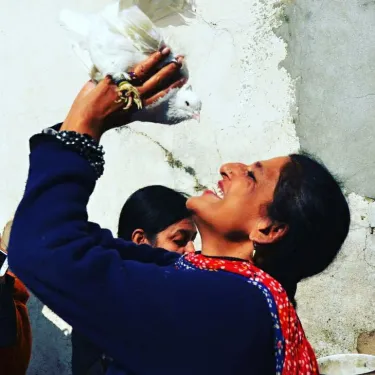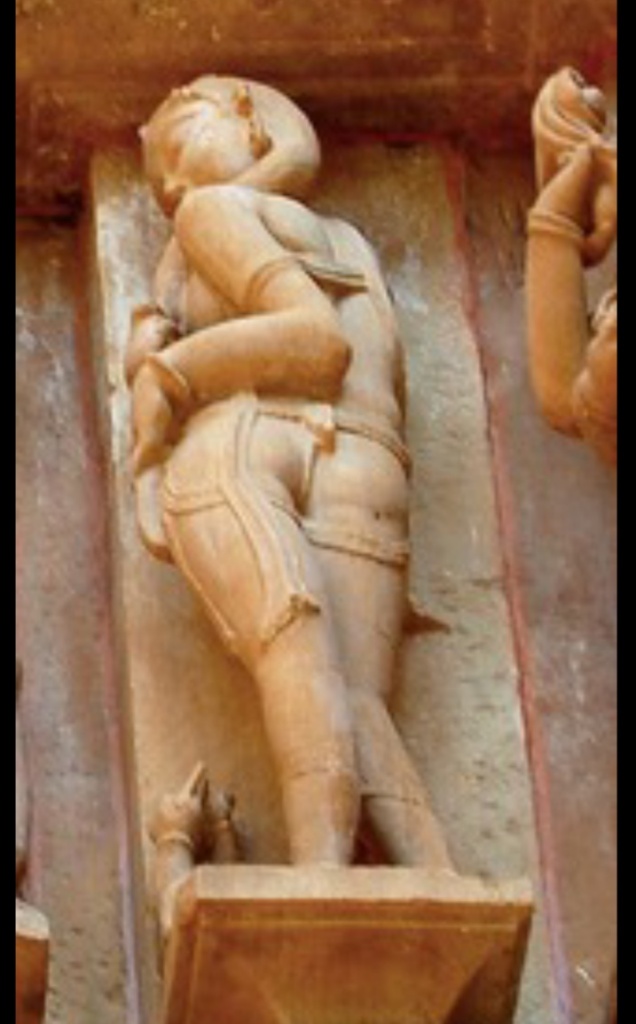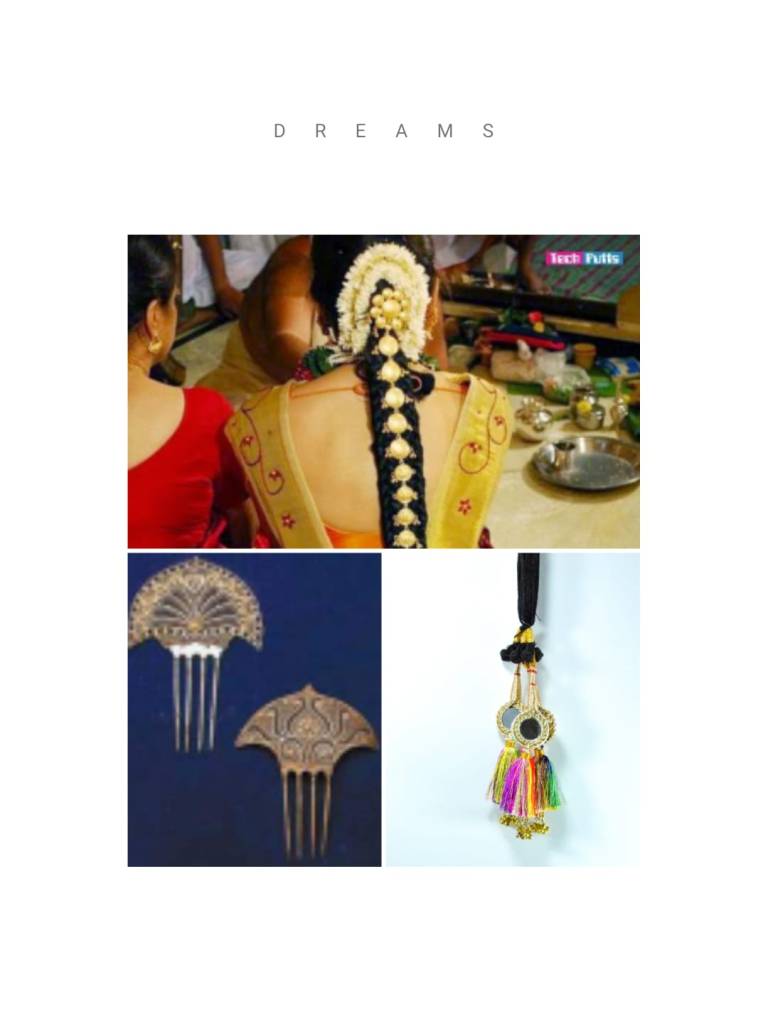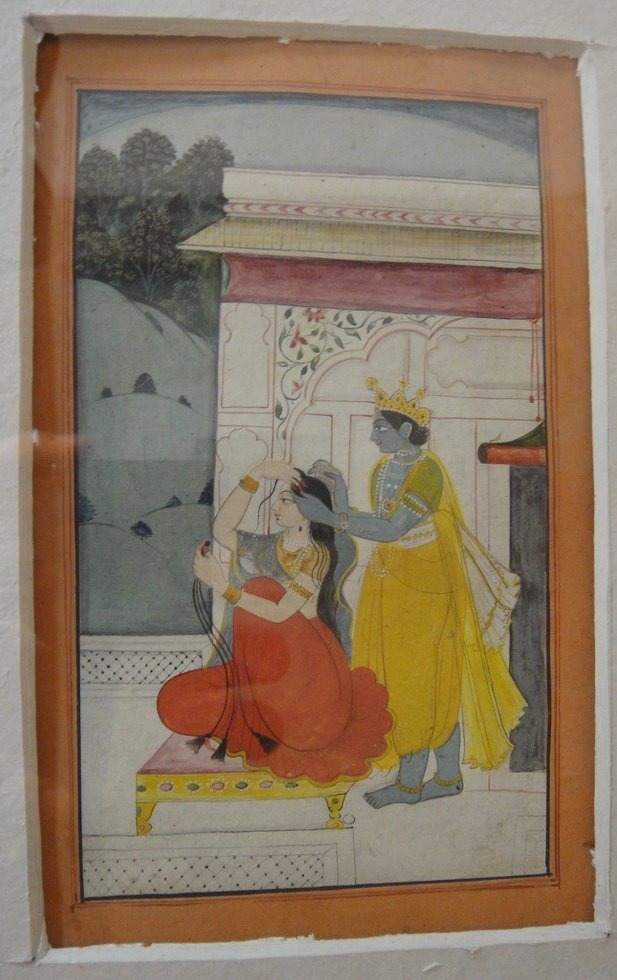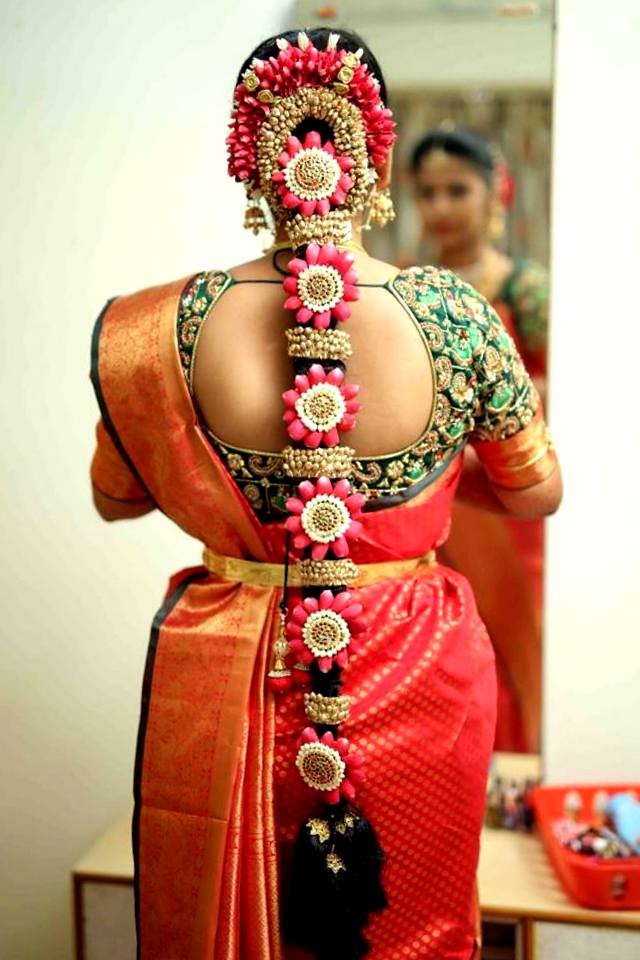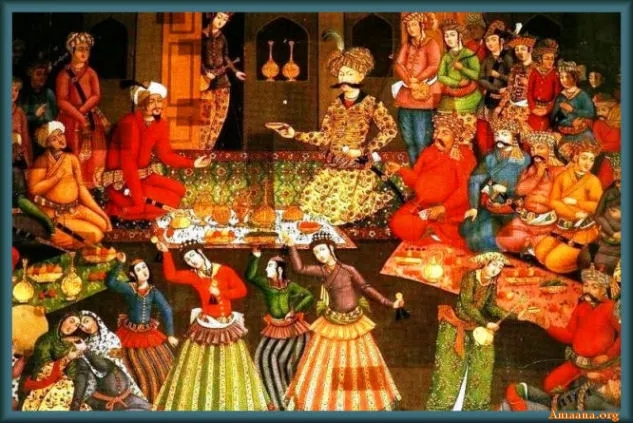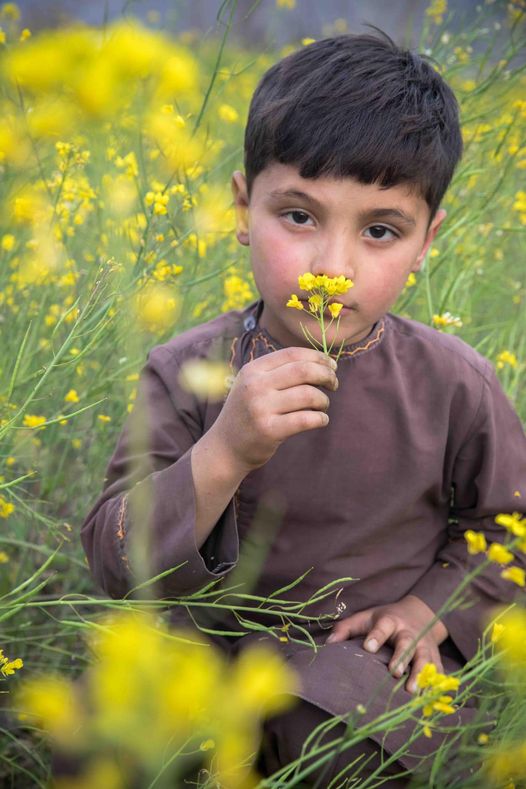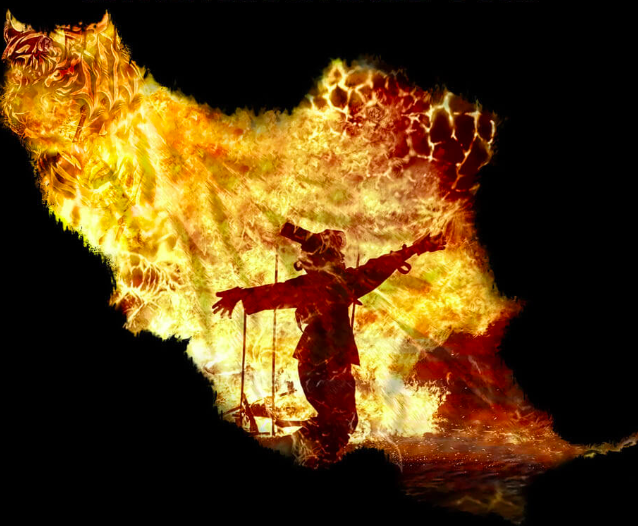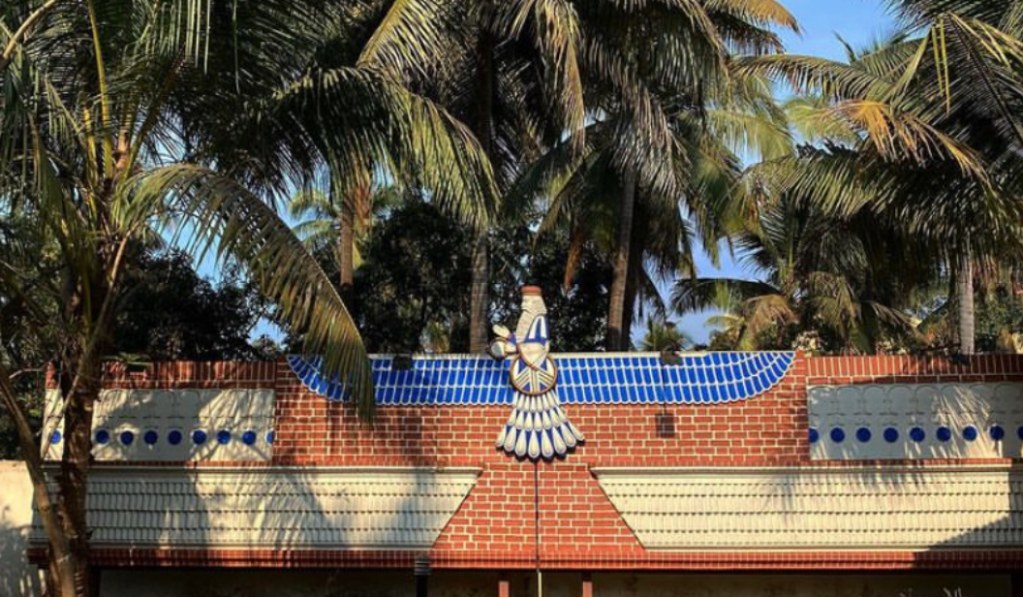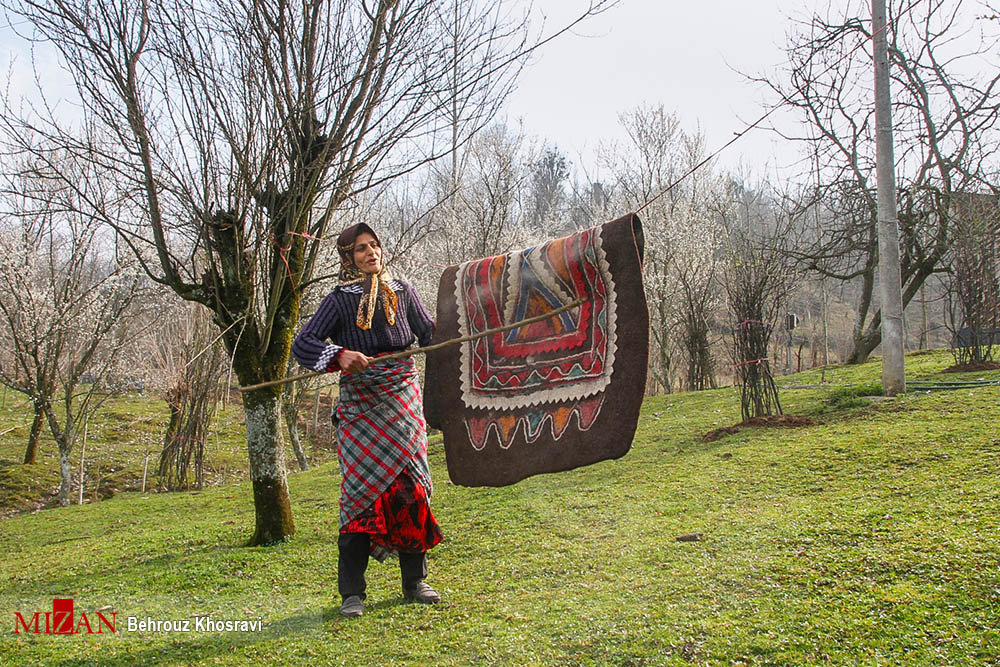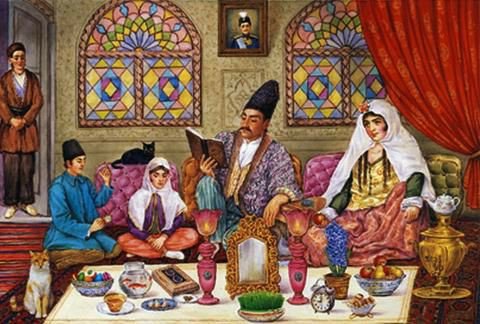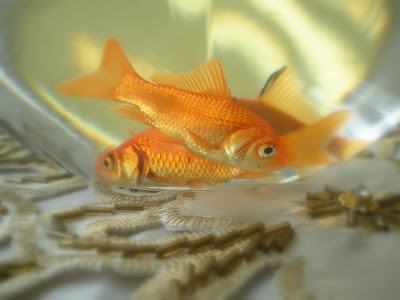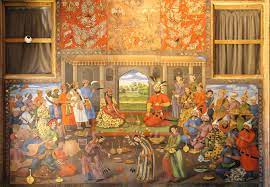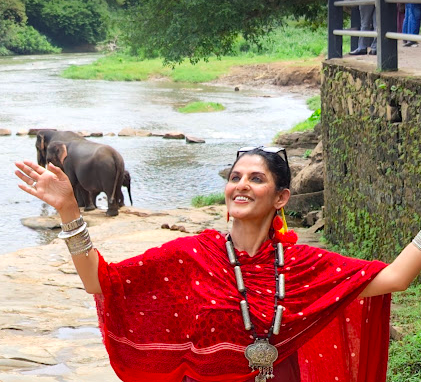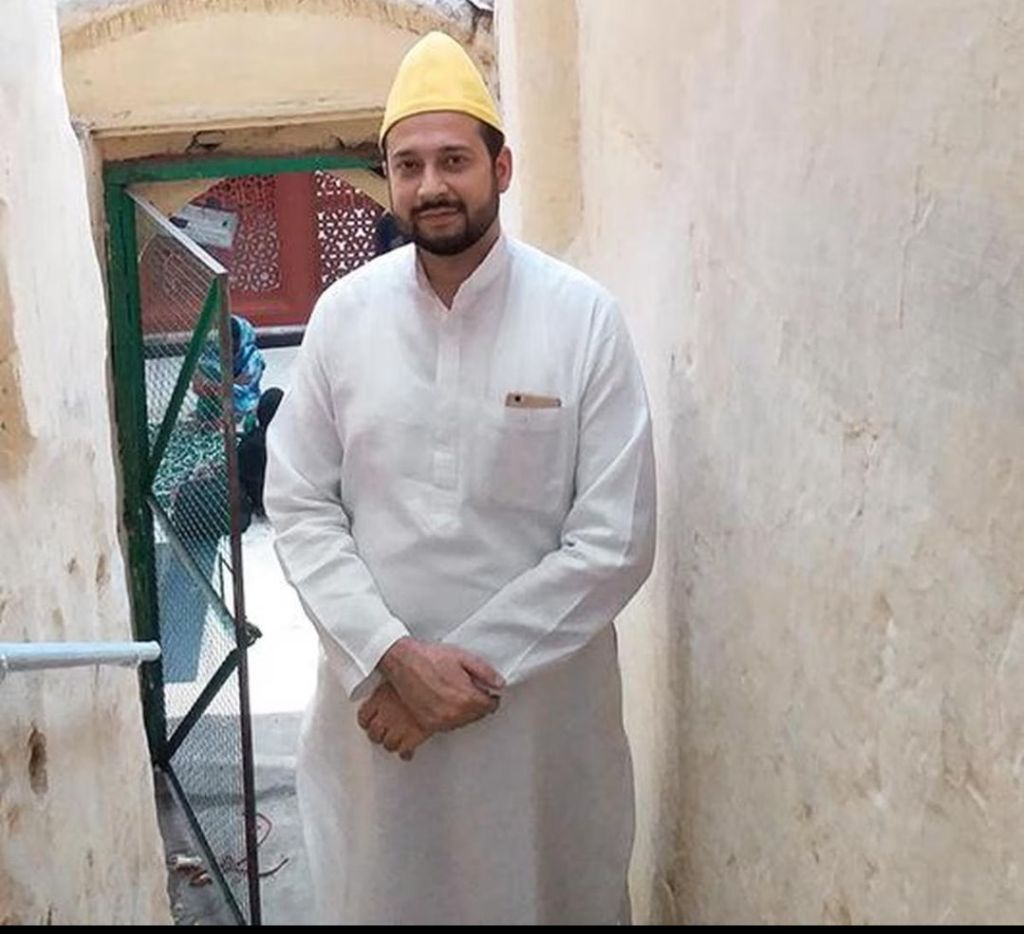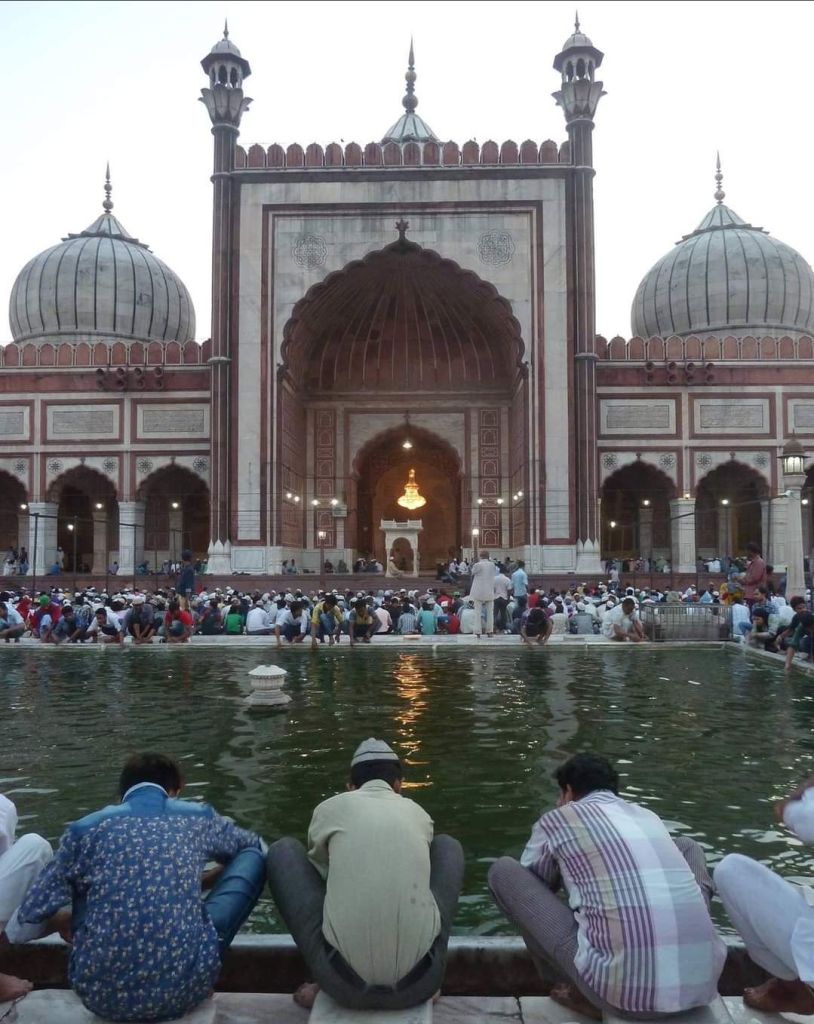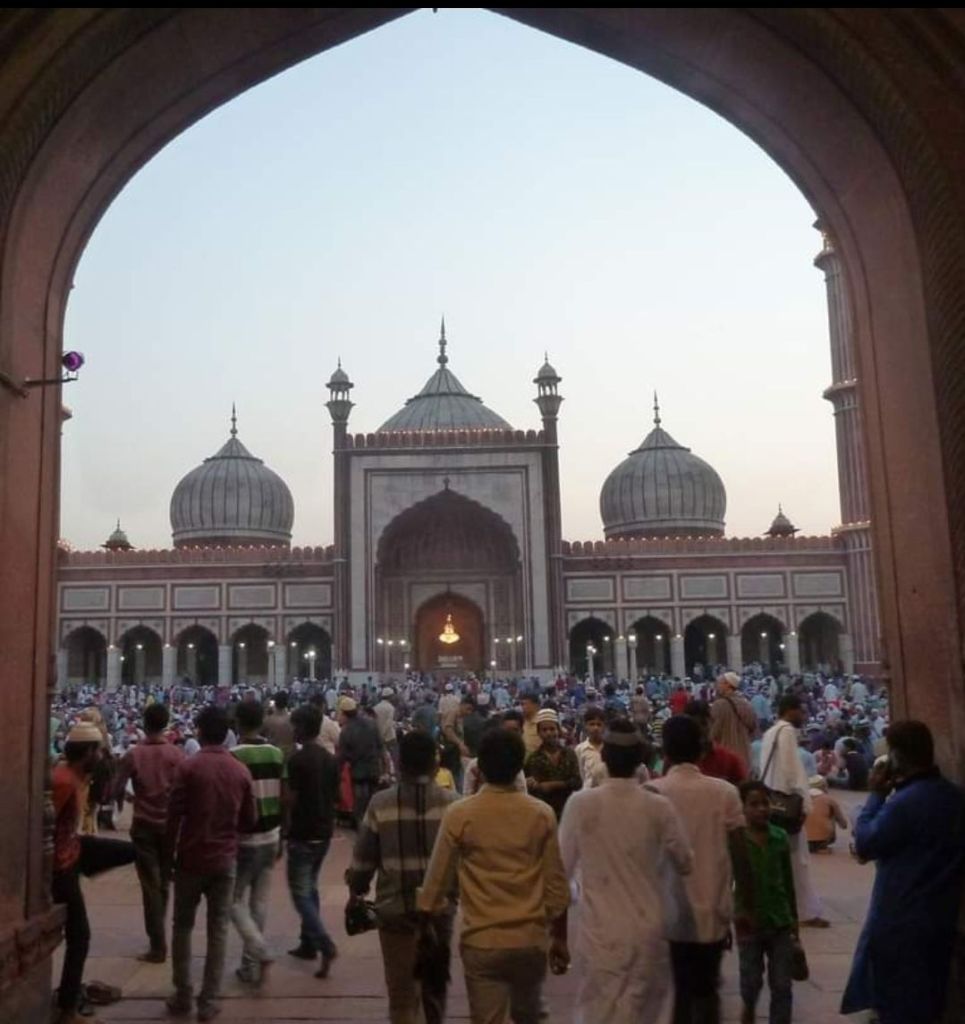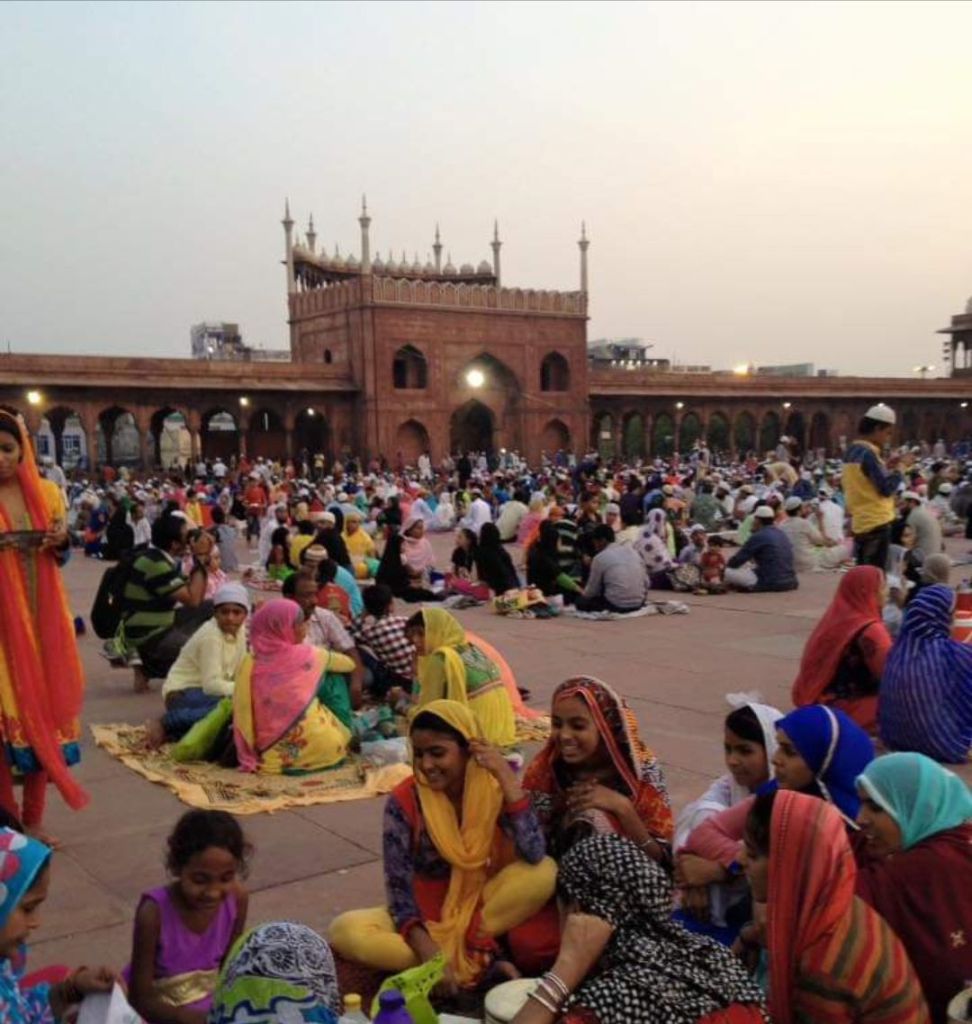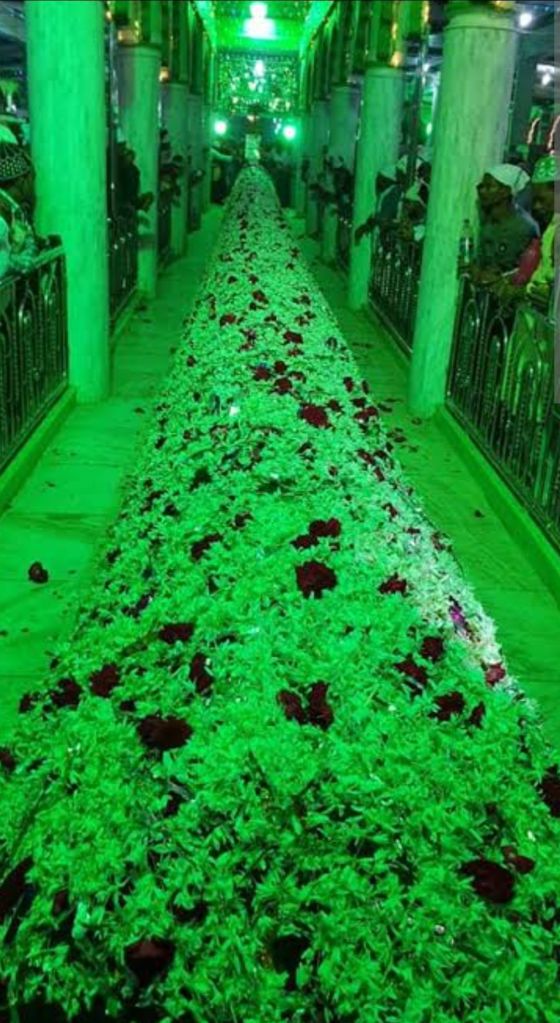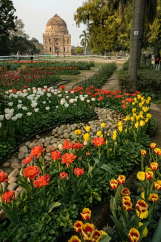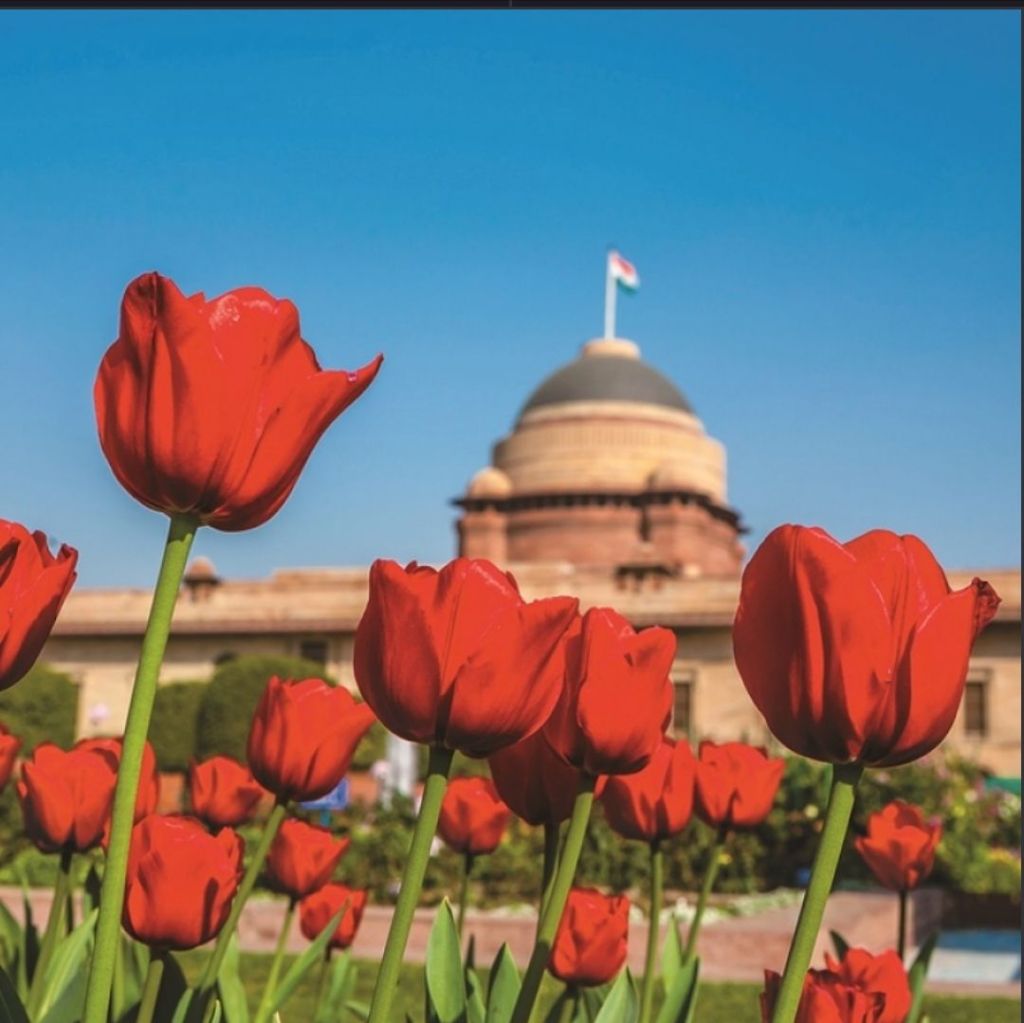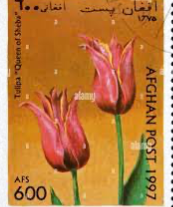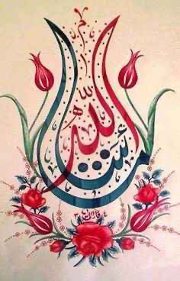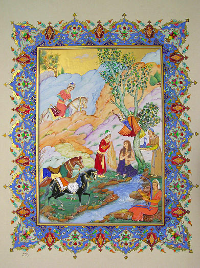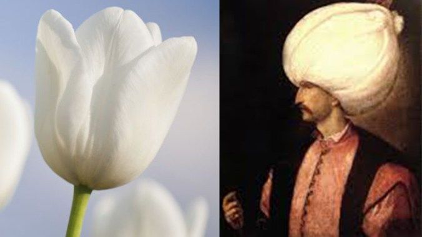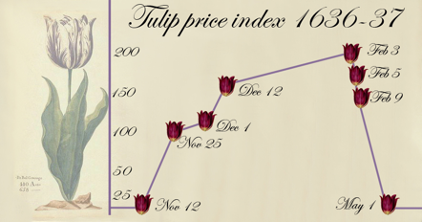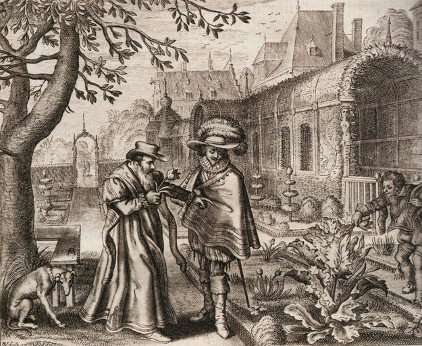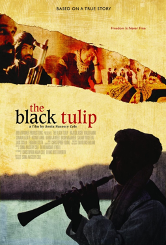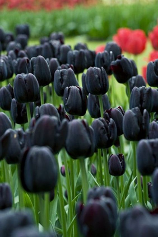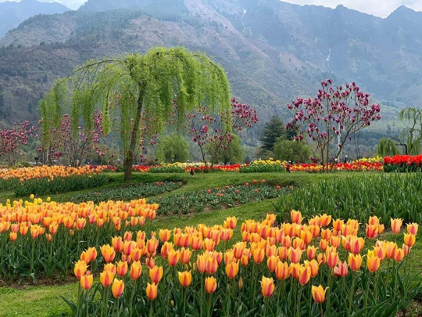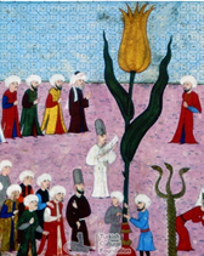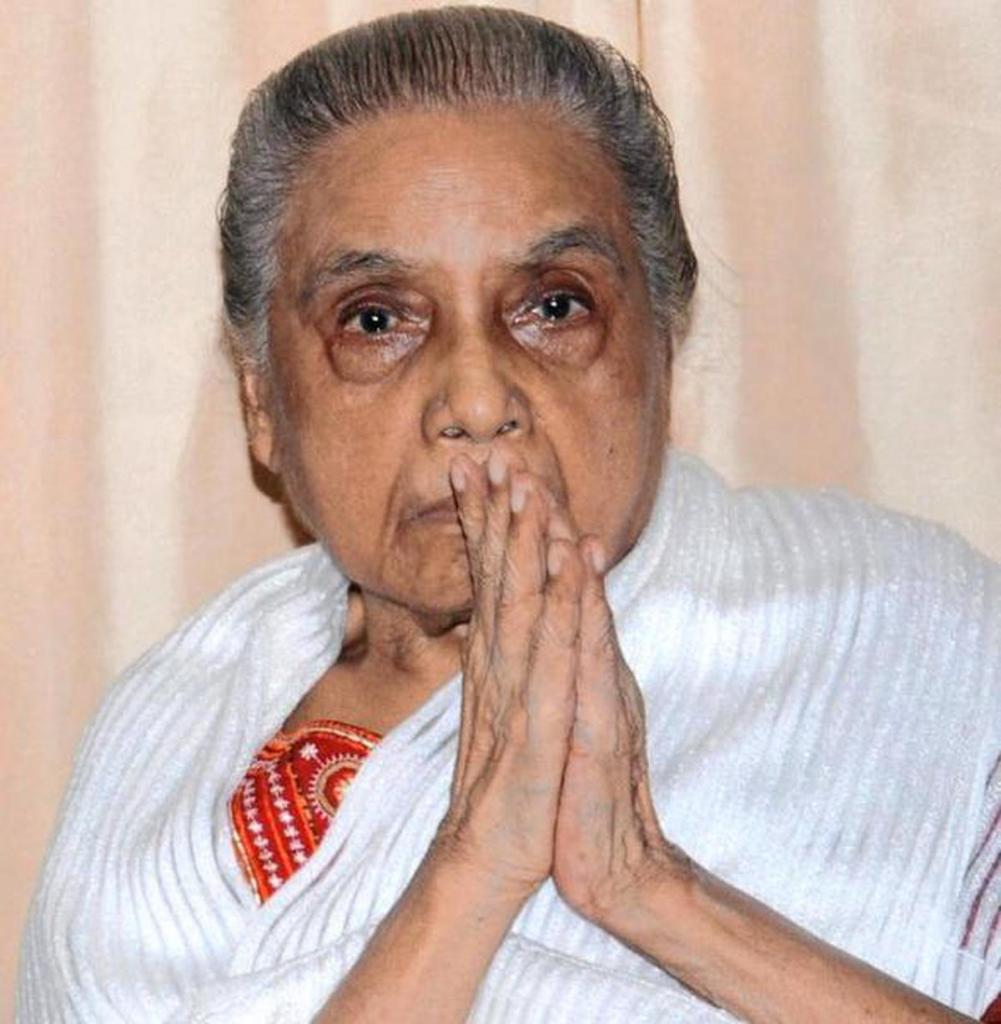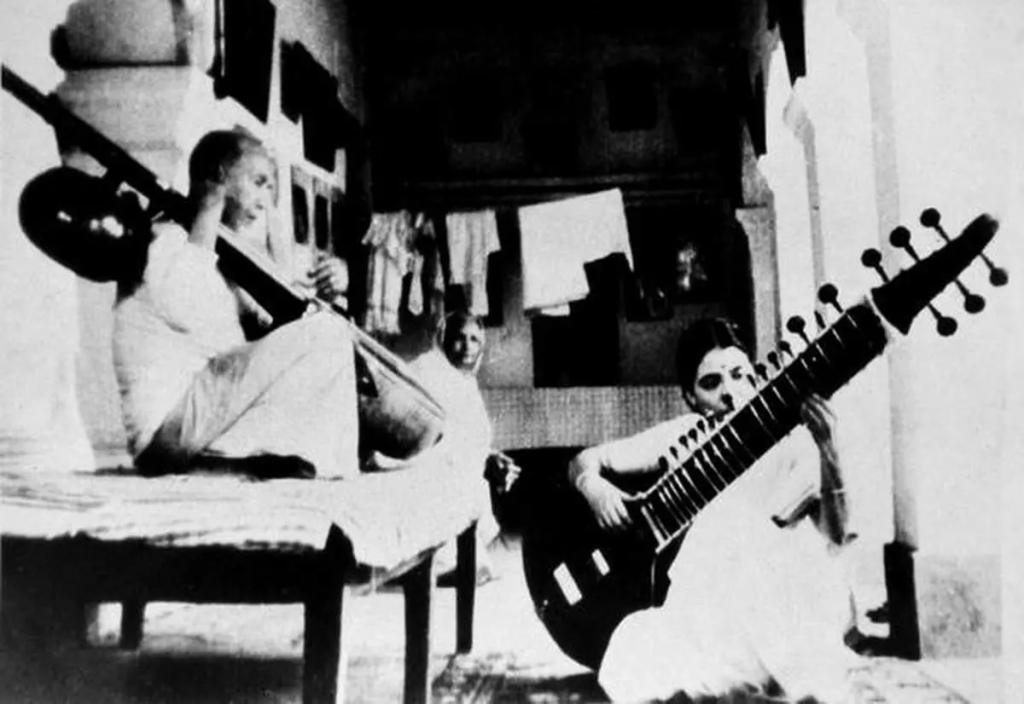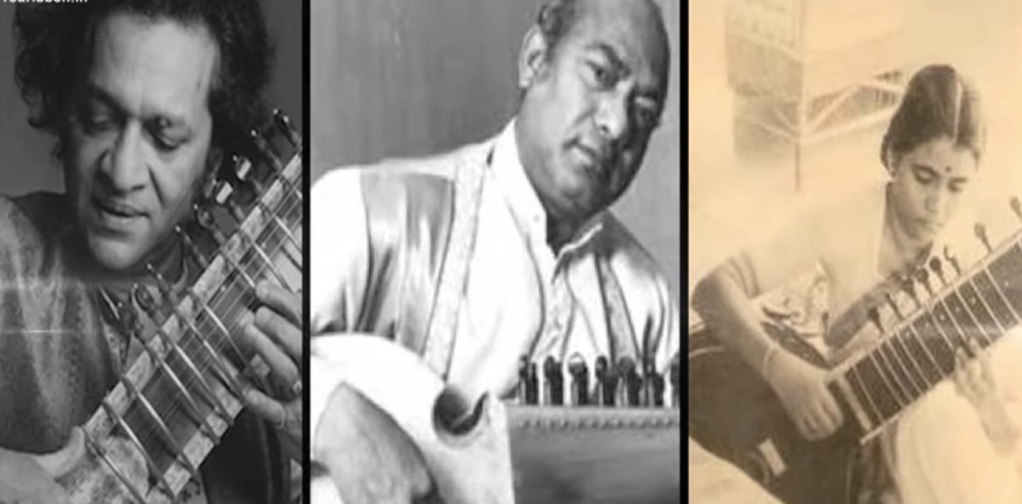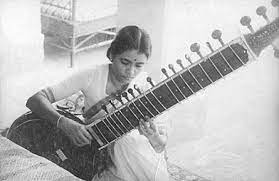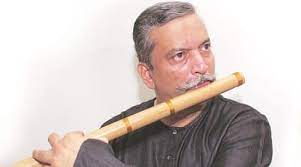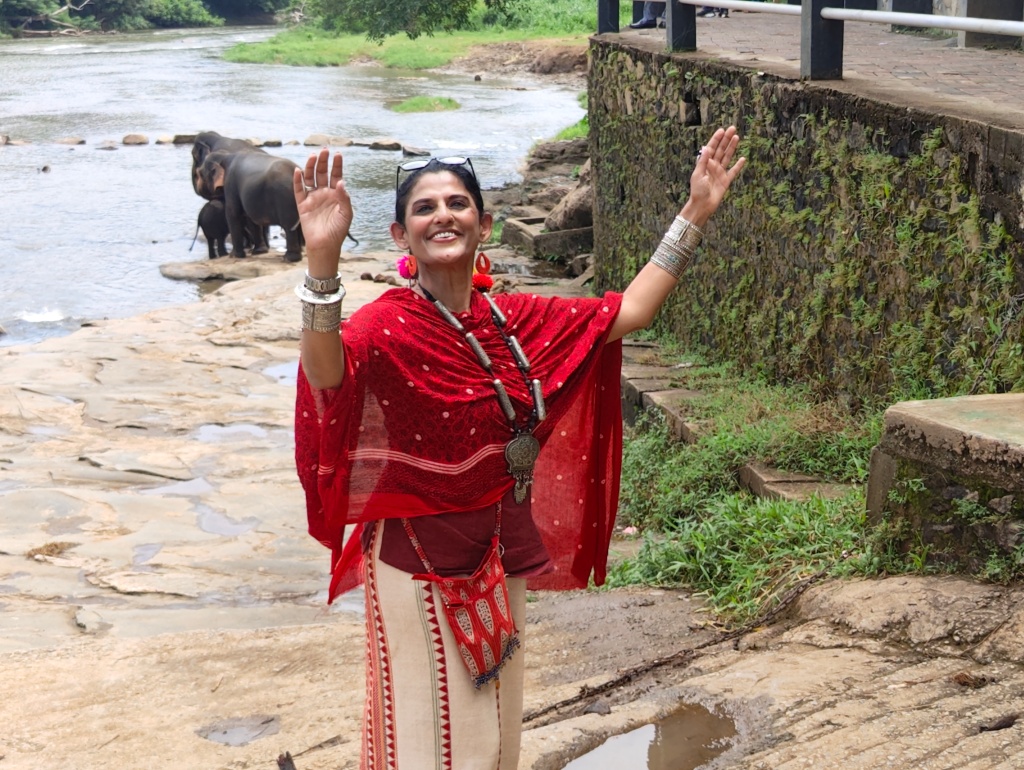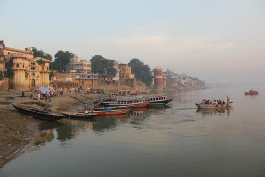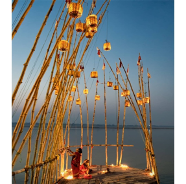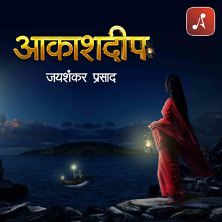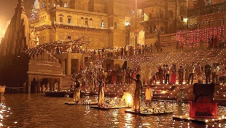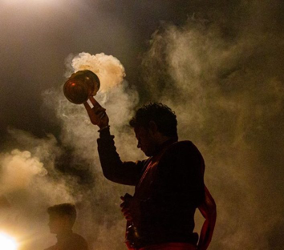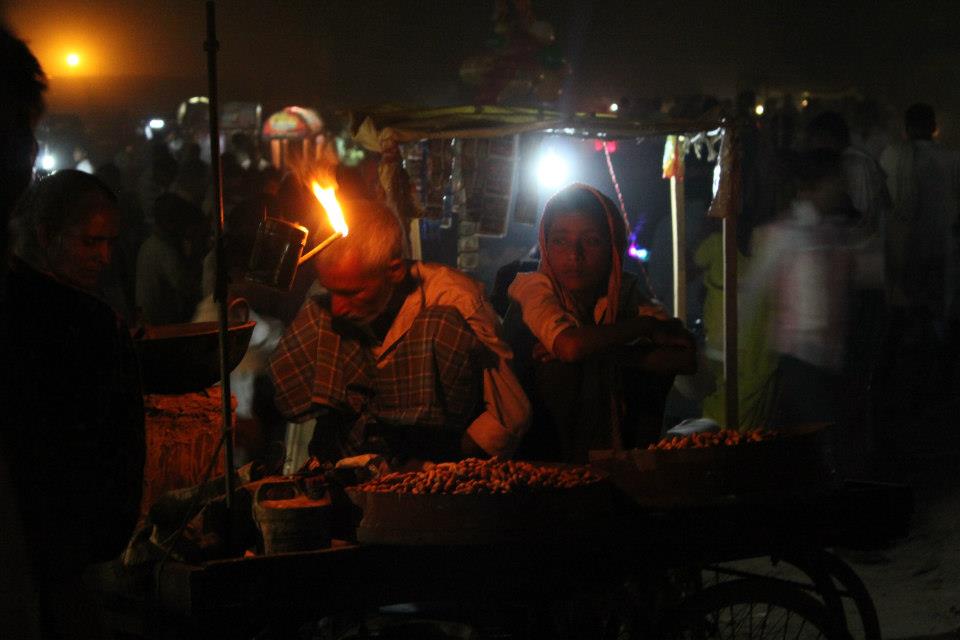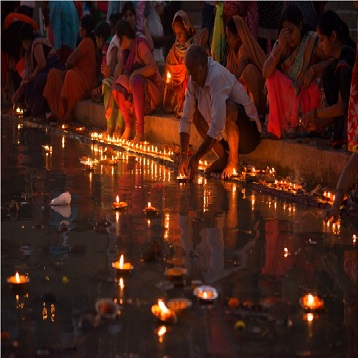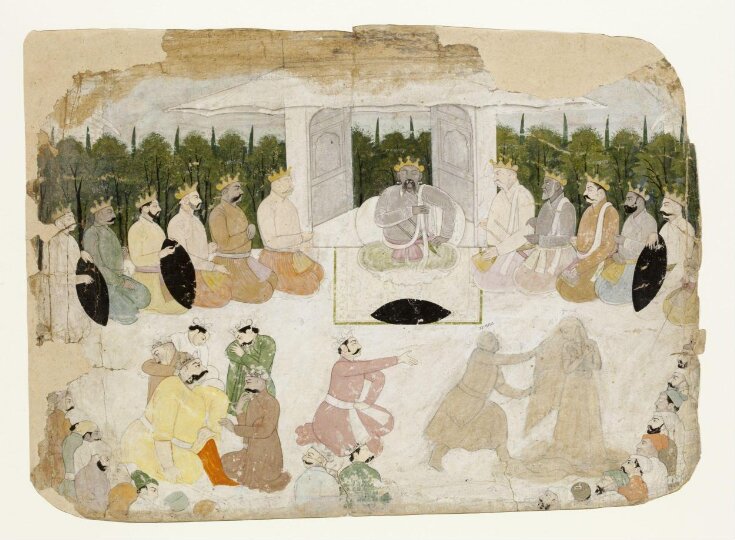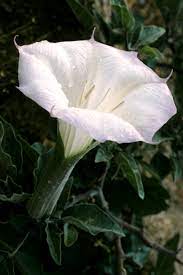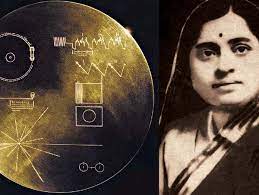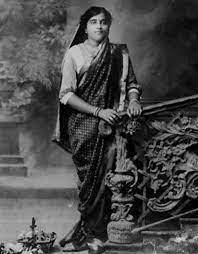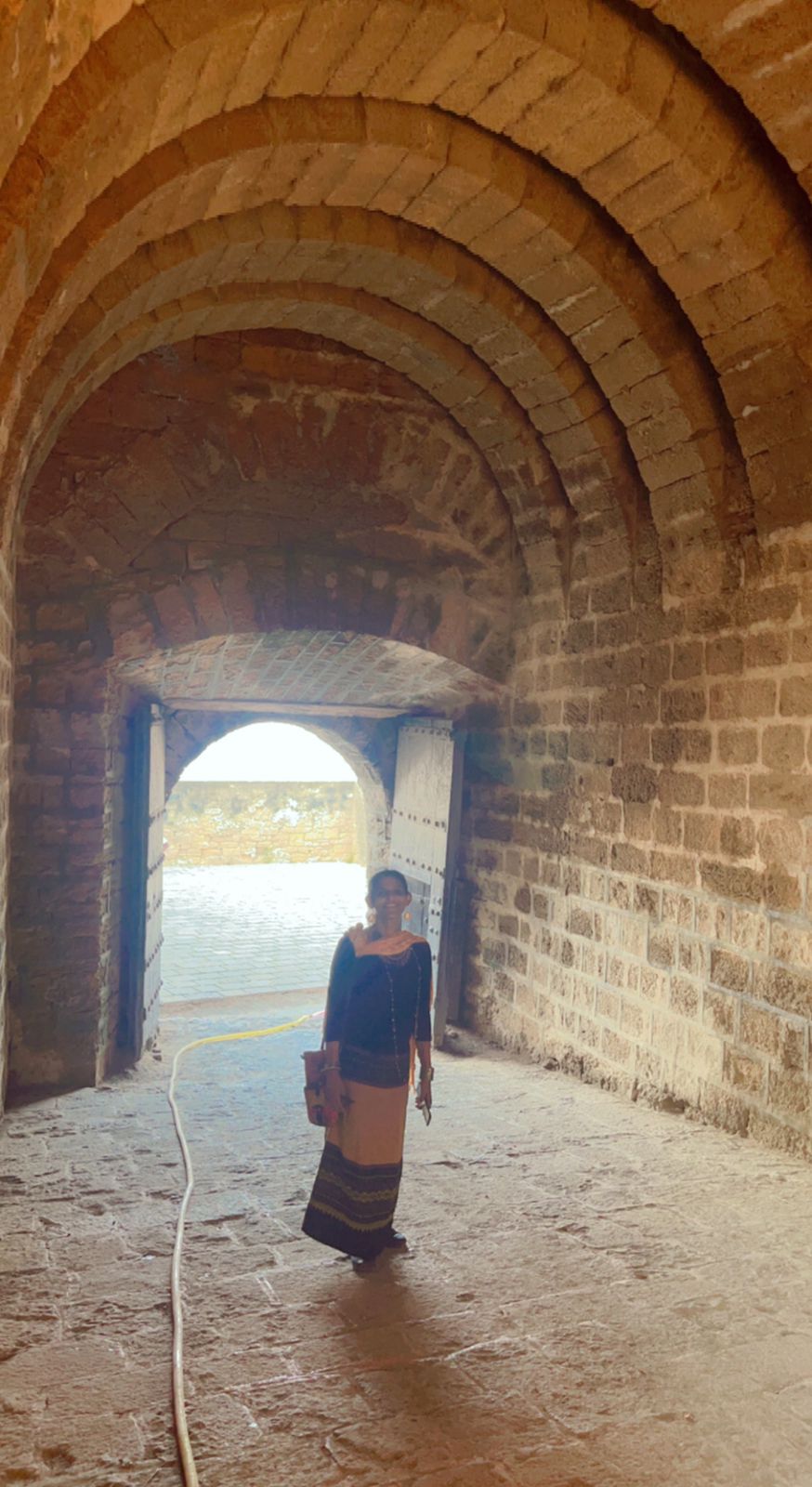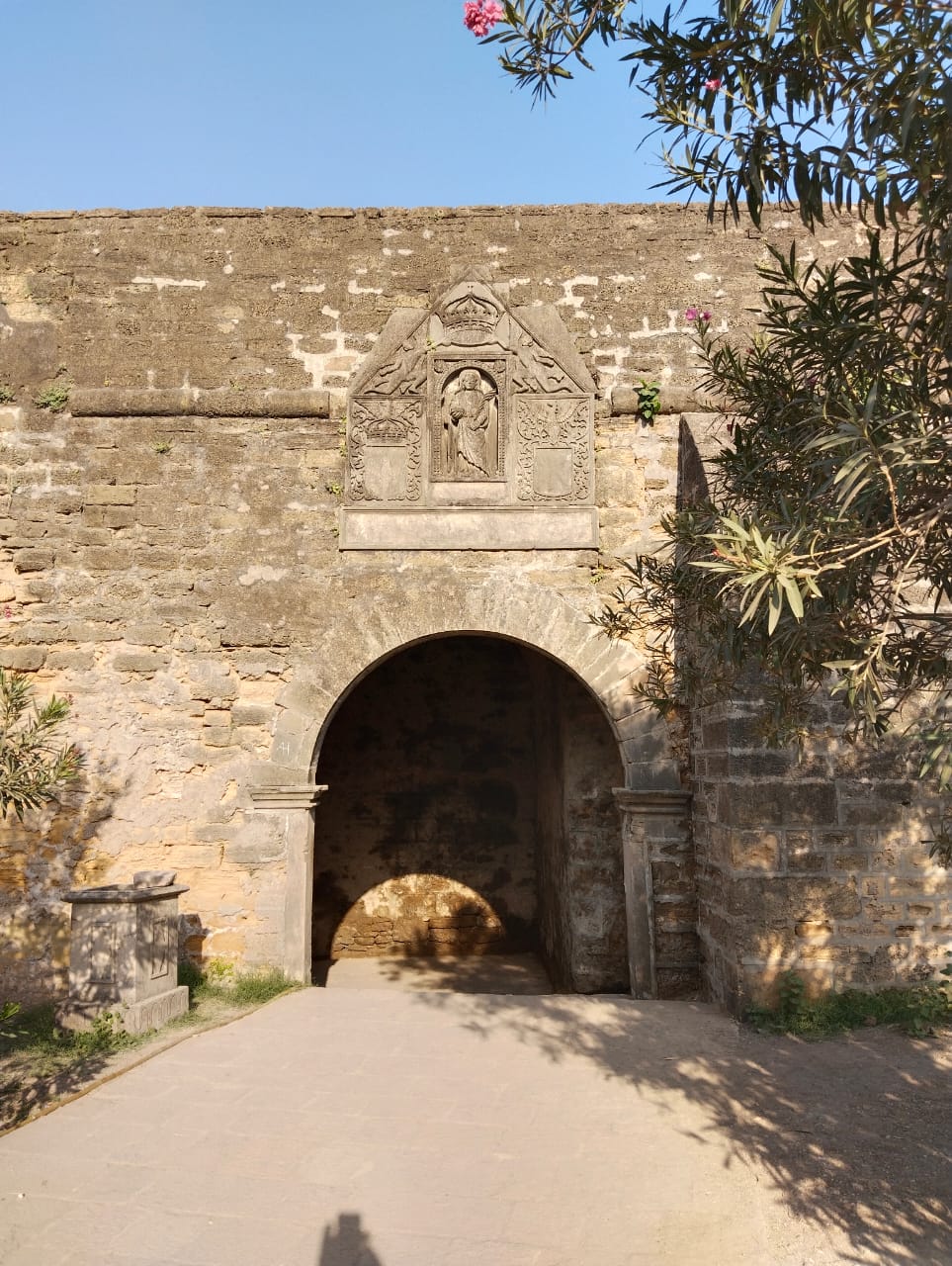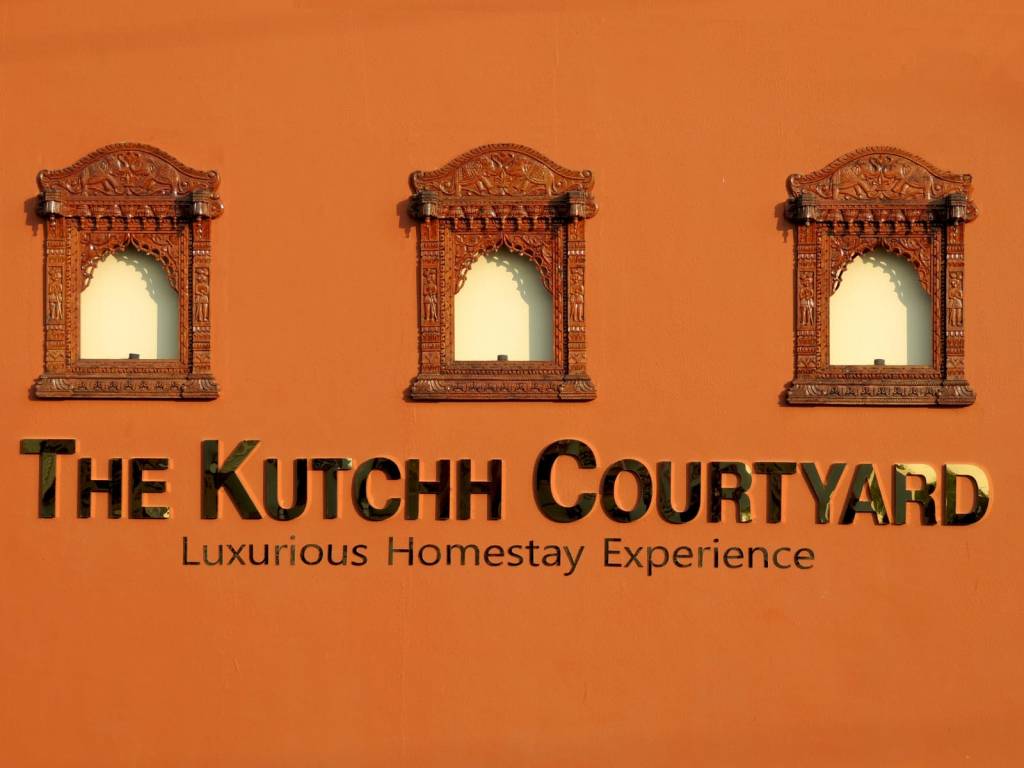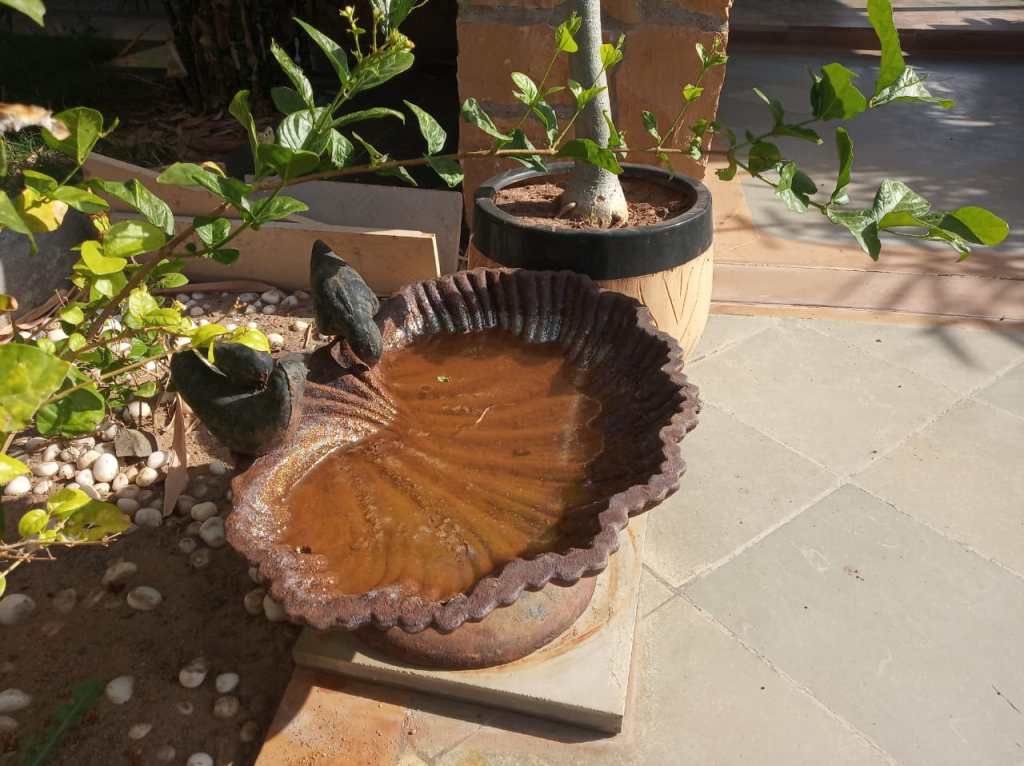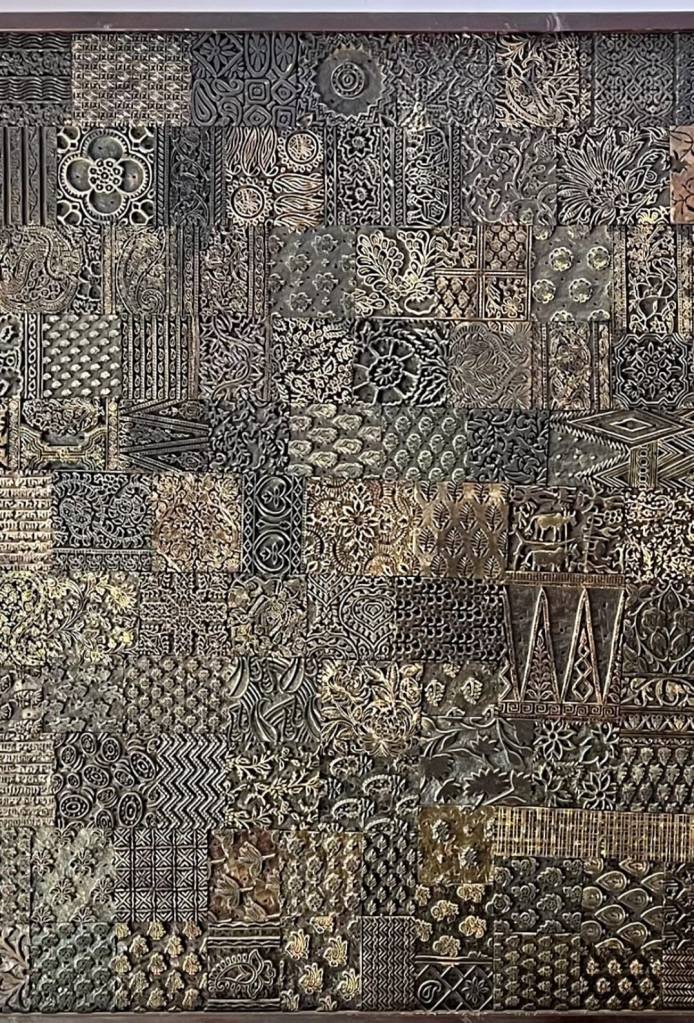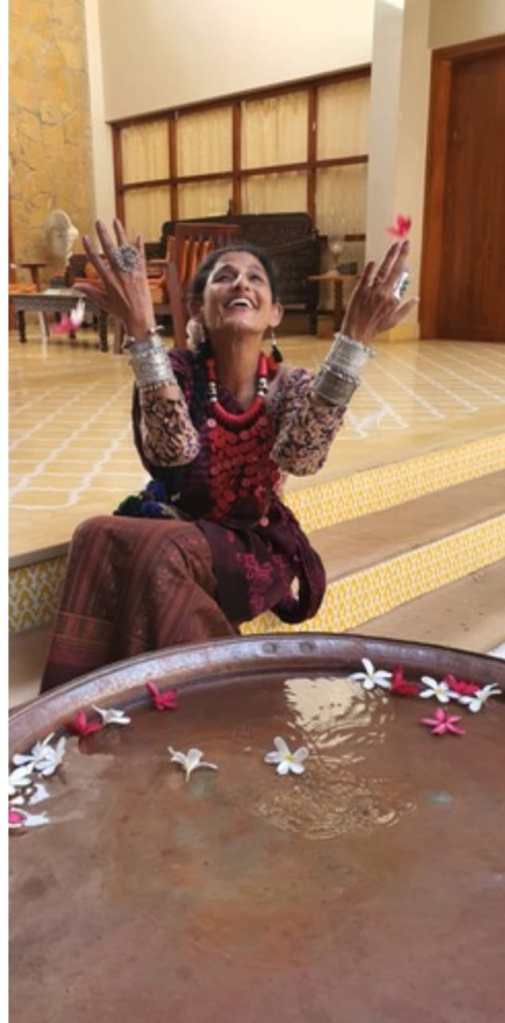In a world of divisive contested political games, the symbolic inspiration in the idea of Gandhi remains a tool to give voice to the unrepresented and truth. For artists, Gandhi’s phenomenon is a hope and a source to be social commentators to advocate for the best in humankind.
In the book ‘Music of the Spinning Wheel’ by Sudheendra Kulkarni, Futurist Ray Kurzweil presents Gandhi as a prophet of the communication revolution. The idea of Gandhi lives on as an inspirational force for artists engaged in communication to stir sensibilities.
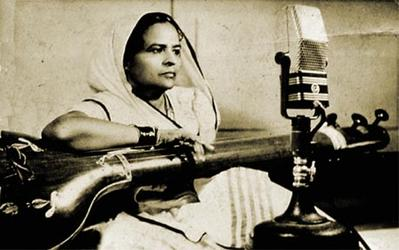
In the 1990s, cultural commentator Late Bhanu Shanker Mehta spoke on the courtesans of Banaras. “”Soon after the Quit India Movement singing to an elite audience was the well-known Rasoolan Bai from Varanasi. The room palpitated with the spirit of Nationalism. Political leaders and merchants swayed to her music. They stood up in ecstasy when she sang ”Avtaar Gandhi hai, Bharat ka bhaar utarne ko”(messiah Gandhi has come to release Bharat from her burden). The concluding lines of the song brought the imagery that Gandhi’s Spinning wheel is like Krishna’s Sudershan Chakra. The wheel of time flung to destroy evil forces.”
Gandhi remains the spirit of hope, compassion, inclusivity and justice for the stigmatised, marginalised and unrepresented voices. Seventy-three years after his death, his tenets and persona stimulate journeys of creative processes both in literature and in the performing and visual arts.
Gandhi is known for his good humour, and welcoming criticism quipped to Sarojini Naidu, who once called him Mickey Mouse, whose ears were more prominent. Lampoon cartoonist caricaturist N K Ranga froze this essence in a series of iconic two-line sketches, several of which were autographed by Gandhi. They capture the simplicity of a man who shook the world with a controlled power embedded within. One cartoon is immortalised as a postage stamp.
‘Gandhi, The Man of Peace,’ by the award winning children’s literature expert Manorama Jafa captures charming details about Gandhi such as the name of his favorite black goat. The book narrates to the young reader, the life story of the Mahatma, one of the greatest men the world has known. The sensitive pencil sketch illustrations by Deepak Harichandan add to the charm of the book.
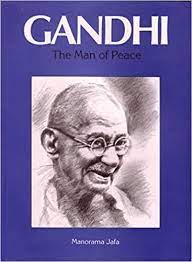
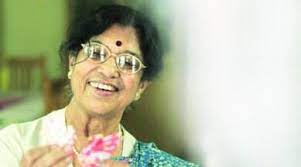
The Father of the Nation, an emissary of peace, inspired two great musicians, Carnatic singer Dr M. Balamurali Krishna and Sarod player Ustad Amjad Ali Khan. They were invited to perform at UNESCO in Paris for Gandhi’s 125 birth celebrations, where they presented their Ragas (melodic Scales) on the idea of Gandhi. Balamurali’s Raga ‘Mohan Gandhi’ composition and melody displayed the theme of inclusivity of all humans and diversity in the light of a tolerant, awakened society. Ustad Amjad Ali Khan observed, “From childhood, Gandhi captured my imagination. At school, I often played Vaishnav Janato and the Ram Dhun. At the UNESCO, in my Raga ‘Bapu Khas’. I aspired to represent compassion rahamdili and inclusion of all. Folk or popular musical genres were not included in the Sarod repertoire. I thus brought popular music in my Sarod performances just as Gandhi brought the common man into the National Movement. My composition reflects the ethos of the words of Vaishnav Janato – the seeker of God feels the pain of others, helps the ones in misery, let go of ego and respects the entire world. The performance was khidmat (be in service) to Gandhi’s spirit on an international stage. It was a tribute to the best-known Indian the world honours.”
The Wheel of Churning
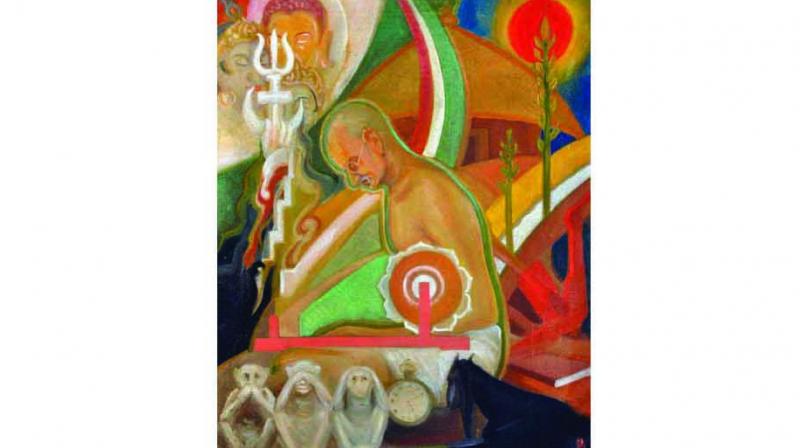
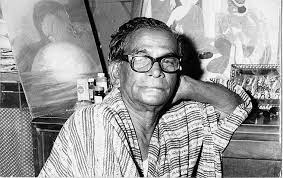
UPENDRA MAHARATHI – PAINTING TITLED – PHILOSPHY OF GANDHI – 1946
The spinning wheel motif and spinning action are about churning and exploring. An artist’s quest is designed in cyclic time, rhythmic beats, movement, strokes of brushes and plastic forms. Adwaita Gadanayak, Director of the National Gallery of Modern Art, Delhi, narrated an occasion when Gandhi coaxed the artists Upendra Maharathi and Nandlal Bose to respond to an evocative question, “How do you sweep the floor? Does the broom make circles or long or short strokes?” Maharathi, inspired by Gandhi and Buddhism, worked relentlessly to bring forth crafts and celebrate symbols of peace and the idea of social inclusion in his art.
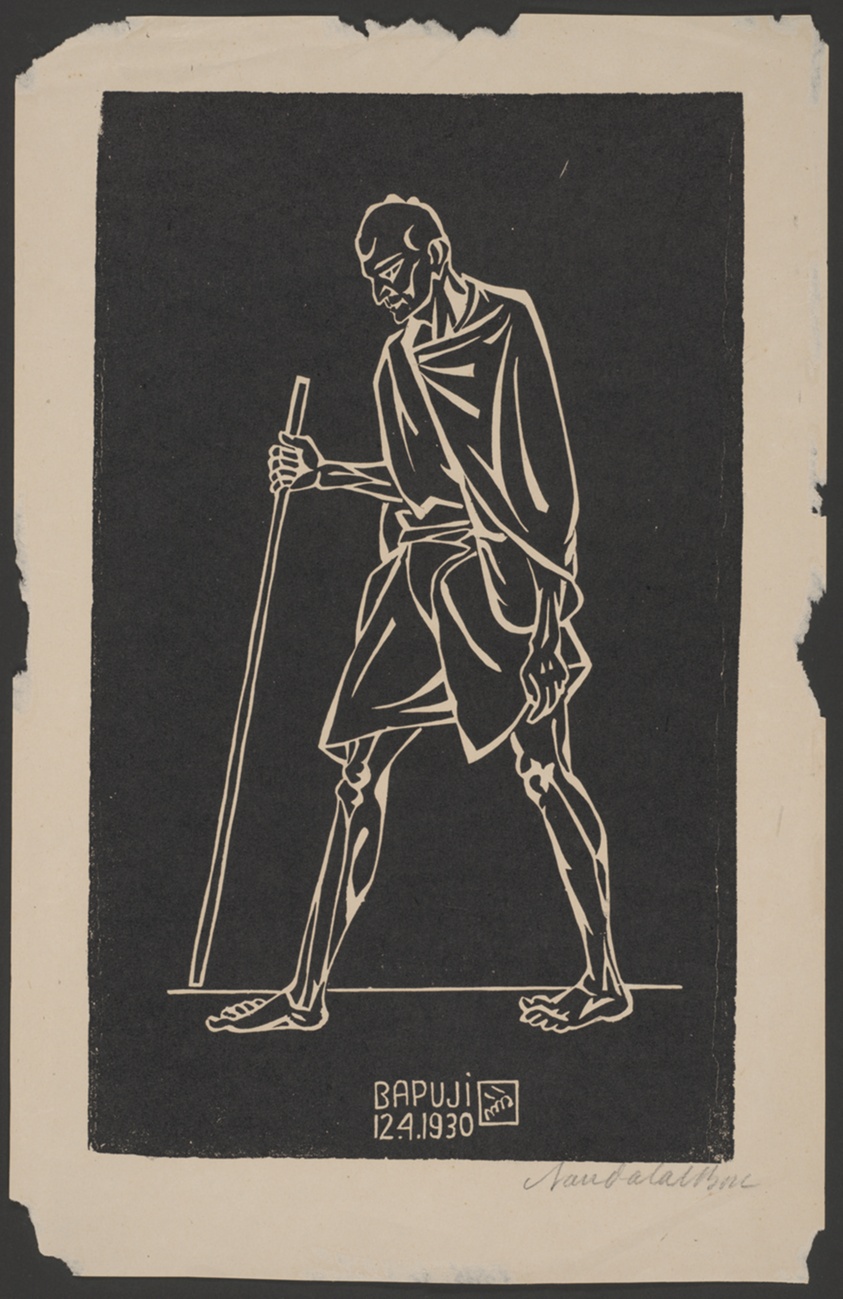
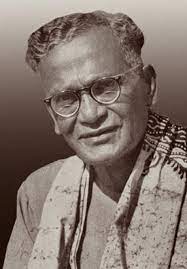
NANADLAL BOSE
Bharatanatyam exponent Ragini Chandrashekhar responded to the abstract idea of truth in the reworked production ‘Satya Mev Jayate’ choreographed by her mother, the late Jamuna Krishnan. “The quest of truth and movement of circularity as churning is central to Gandhi. It is evident in his autobiography The Story of My Experiments with Truth.
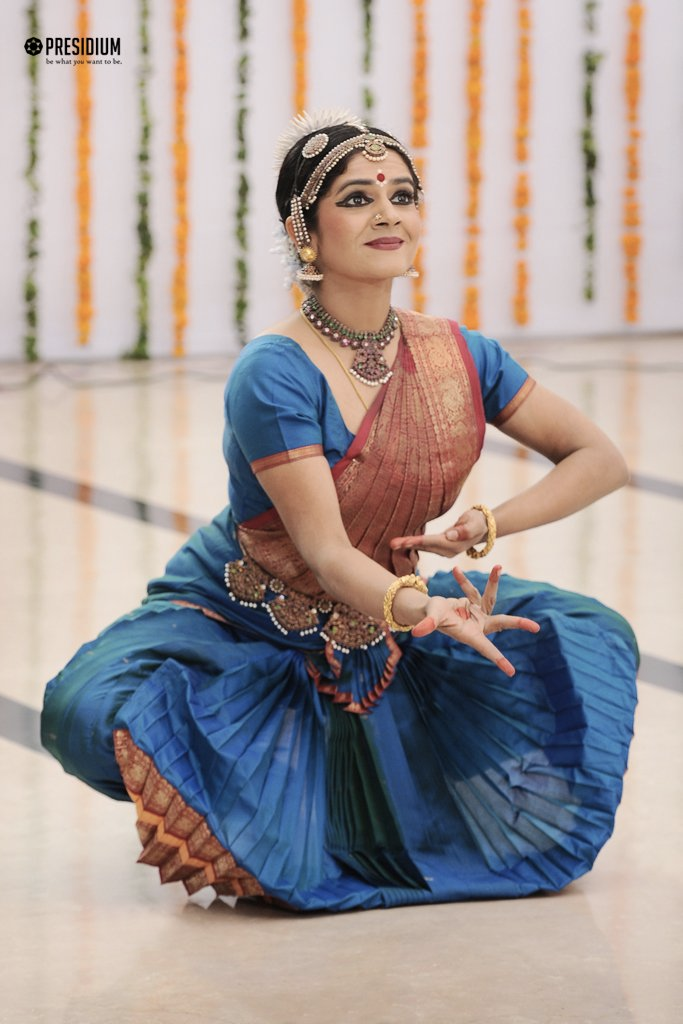
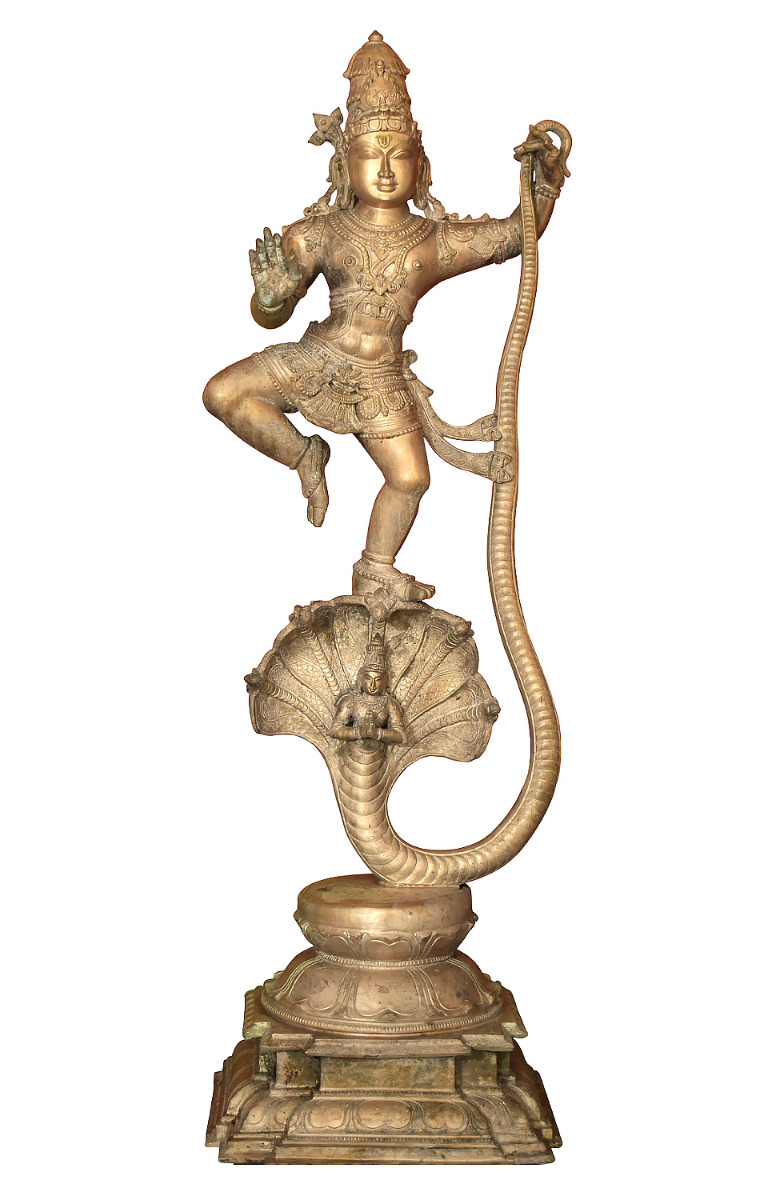
SATYA MEV JAAYTE- KALIYA DAMAN
The production reinterpreted myths like the Kaliya Daman using abhinaya and rhythmic patterns. The bouncing ball represents the ego and oscillating struggle. The ball falls into the dark poisoned river, the Yamuna. The Kaliya serpent emerges from the churning waters, and Krishna, the symbol of truth, overcomes evil when he dances on the serpent’s hood. The metaphorical use of powerful rhythms on the ghatam (round earthen pot) in which sounds resound reinforcing churning.”

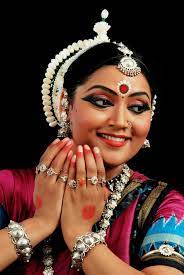
“The violence in the world today had me explore Gandhi’s idea of Ahimsa which I performed at the Gandhi Smriti,” says Odissi exponent Kavita Dwibedi. “It was poignant that I performed at the place where Gandhi fell to a violent death. My dance is from Odisha, the land where the violent, war-driven and power-hungry Emperor Ashoka metamorphosed as an emissary of Buddhism and peace. For me, the most powerful turning point of my performance was depicting the image of a wounded man asking Emperor Ashoka for water. The King turned to the river only to realize that the river was filled with blood from his war. The harsh rhythmic sound of Mridanga reverberates in contrast to the sublime sound of the flute. Buddha appears, and Ashoka, a harbinger of Non-Violence, is born.”
Forests and Tribals
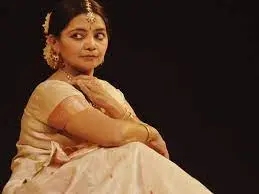
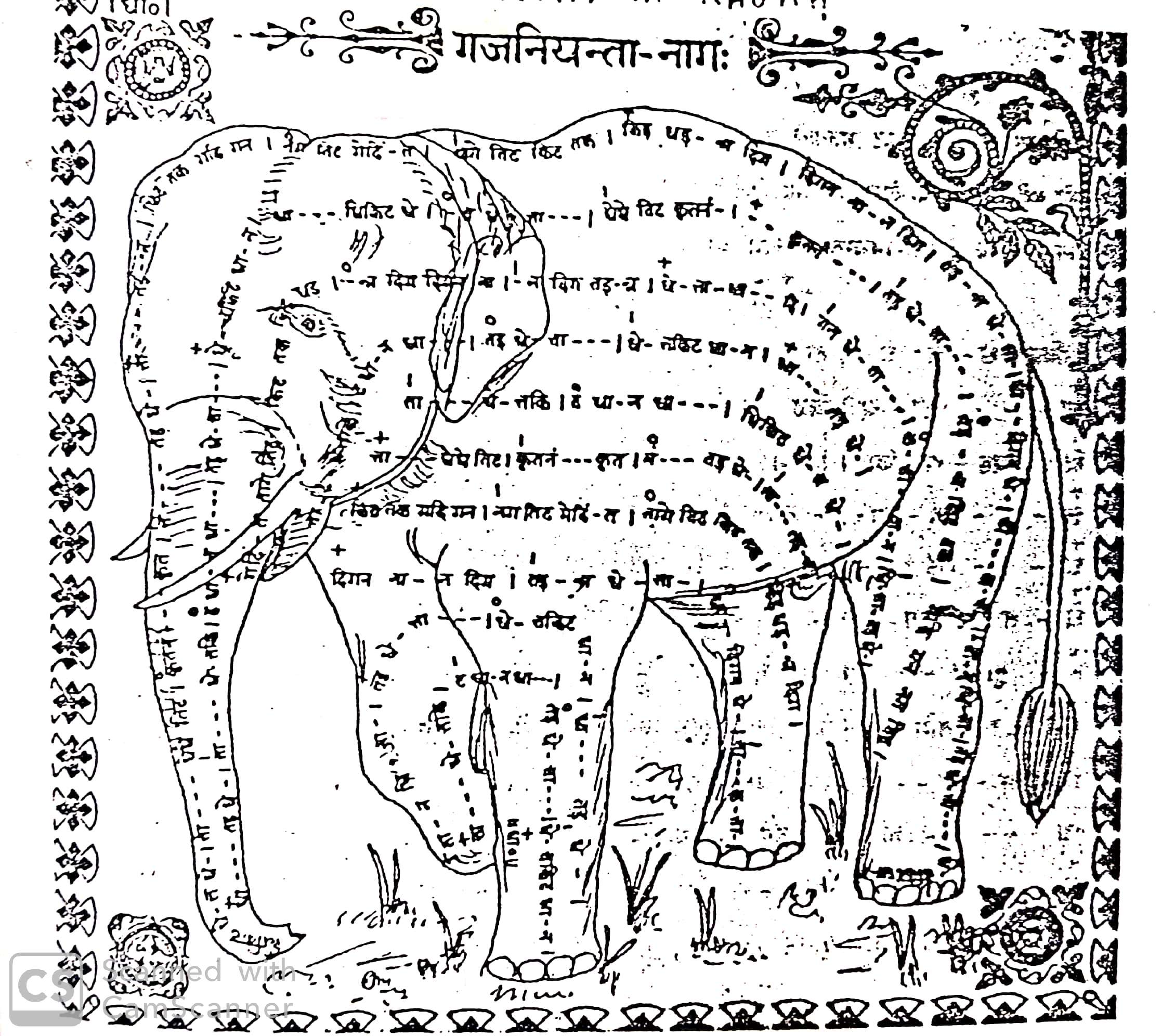
Kathak dancer Alpana Vajpeyi’s recalls her choreography on contested contemporary issues of ecological concerns and rights of forest dwellers. “Mahatma Gandhi fought to recognize the dignity of tribal communities and forest dwellers called Girijans or the Children of the Forest. Of Raj Gond lineage, Maharaja Chakradhar Maharaj of Raigarh (Chhattisgarh) explored ecology in dance and music compositions. Such compositions, when performed, entertained and simultaneously created awareness among his public to care for the soil, forests, and water. The compositions for dance and percussion refer to biodiversity, water, and soil (mitti). A composition titled ‘Brahma Beej’ (the eternal seed) traces the journey of the seed growing into a large tree. Biodiversity is illustrated in a series of compositions on the local forest flowers Hem Pushpa, Gandh Pushpa, and Mukta Pushpa.”
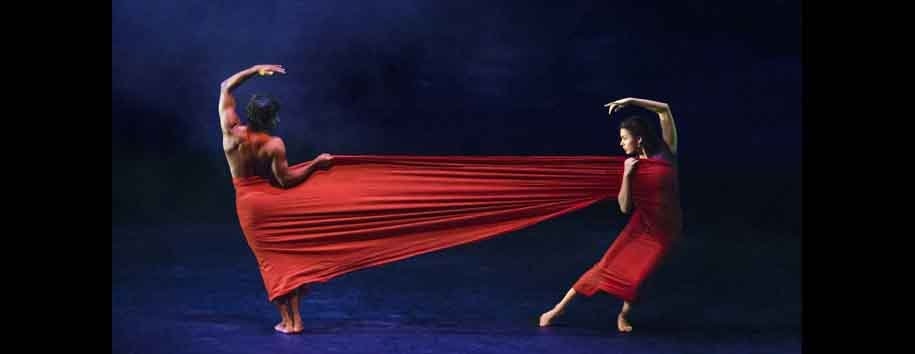
Blending the idea of women, weaving and empowerment, danseuse Daksha Sheth once remarked, “Khadi is a unique drape in constant play with the body, both in stillness and movement.” The movement of the imaginative dance brought vibratory energy to the woman’s body.
Kumar Gandharva & Raga Gandhi Malhar
Recalling the power of Gandhi, poet, critic, and cultural administrator Ashok Vajpeyi recalled, “Late Kumar Gandharva composed Rag Malhar Gandhi on the occasion of Gandhi’s centenary year. It celebrates him as a fearless person, a friend of those who is troubled and tortured, and a life-giver. The music in the two compositions by Kumar Ji captures the massive impact imaginatively, perhaps essential or perhaps the existential loneliness of the Mahatma; his spiritual being, empathy and an agonized conscience.”
In a world of divisive contested political games, the symbolic inspiration in the idea of Gandhi remains a tool to give voice to the unrepresented and truth. For artists, Gandhi’s phenomenon is a hope and a source to be social commentators to advocate for the best in humankind.
Dr Navina Jafa is a Cultural Heritage professional, well-known Kathak Classical Dancer, cultural historian, performing art scholar, and curator of signature heritage tours. A Fulbright Scholar at the Smithsonian Museum, she has worked on projects for Cambridge University on Culture and Artificial Intelligence.
She has been extensively awarded for her contribution to heritage tourism, School heritage education, and as a dancer.
She has also trained in art history and has worked extensively on Cultural Heritage Skill mapping Data Analysis and application in sustainable development programmes. Dr Jafa has worked with the Government of India, is on several boards of different organizations, and is a consultant on culture, heritage, performing arts and tourism.
http://www.navinajafa.com; Instagram, Twitter: @navinajafa
#Gandhi #nonviolence #Peace #dance #music
